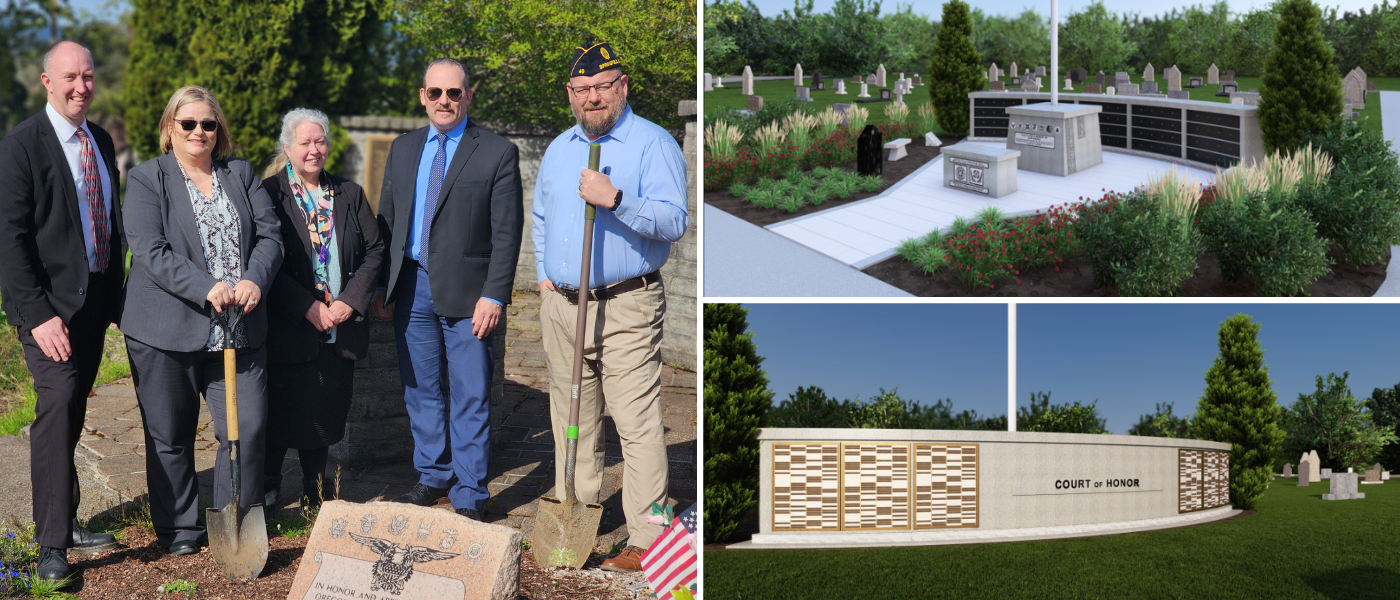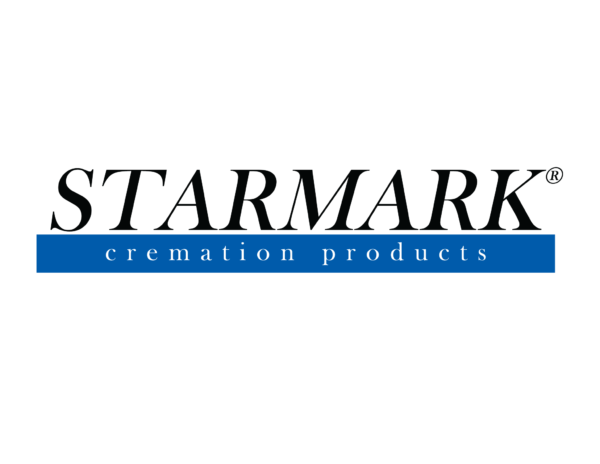2016 Trends that Shaped Funeral Service – Part I
Originally Posted on ORG’s Blog
In many people’s minds, 2016 will be remembered as the year celebrities dropped like flies. According to Legacy.com, the number of celebrity deaths was comparable to previous years, but three factors made it appear that celebrities were dying in droves: 1) a higher-than-average number of those who died were either A-list or legendary stars; 2) many musicians died who had extremely loyal fan bases; and 3) the average age of celebrities who died this year was about 10 years younger than usual.
Aside from celebrity deaths, growing pains continued to reach every aspect of funeral service. During the last 12 months we saw some outrageous trends, some of which have already used up their 15 minutes of fame. Other news stories highlighted shifts in public preferences that merit our continued attention, even if these changes seem undignified to some traditionalists.
Part I of this blog will examine five topics which drew national, and sometimes international, attention to funeral service in ways that are relevant to serving families in the near future. Next week, Part II will examine five more topics.
- Celebrity Deaths Drew Attention to Funerals
Each time we heard about a well-known celebrity’s death, the second question (after, “How did they die?”) was “What is the family doing for a funeral?” The responses varied widely.
- Tribute funerals—Singer Natalie Cole and Celine Dion’s husband/manager, Rene Angelil, both had lavish “tribute” funerals that involved family, friends and fans. The family of Prince opted to pay tribute to the music icon in a way that was as unique as the musician himself–by converting his home and recording compound into a museum for the public.
- Private ceremony, public tributes—Rock icon David Bowie preplanned a low profile direct cremation with a small, private service for his family that left peers and fans to create their own ways to say goodbye.
- The greatest….at preplanning—Boxing legend Muhammad Ali preplanned his funeral in great detail so fans would remember him in ways that were important to him. Thinking in advance about how he wanted to be remembered reportedly inspired 22-year old pop singer Justin Bieber to start preplanning his funeral.
- New Regulations Reared Their Ugly Heads
It’s anyone’s guess where regulations will go in 2017 under a Trump administration, but there was plenty of activity in 2016.
- Review of the FTC’s Funeral Rule–The Funeral Consumers Alliance grabbed headlines last year by asking the Federal Trade Commission to require funeral homes to post their prices online. It’s unknown whether the FTC will take this request seriously. However, the appeal is well-timed, as the FTC is likely to begin a review of the Funeral Rule by 2018 or possibly as early as mid-2017. One basis for FCA’s appeal is their claim that one out of four funeral homes fail to tell families about simple creation options. One thing is certain: many funeral homes’ prices are online whether they like it or not at parting.com.
- Required burial or cremation of fetal remains–Another widely publicized trend that continued last year was the passage of state laws requiring aborted fetal tissue to be buried or cremated. In 2016, 28 states introduced legislation related to the disposal of fetal remains. Nine states ratified this legislation while four states’ requirements are on hold pending lawsuits challenging them.
- OSHA fines increased 70%–For the first time in 25 years, OSHA raised its maximum citation amounts for violations to as much as $120,000 each. The agency plans to impose annual increases moving forward.
- The future of formaldehyde–In July, a new law gave the EPA authority to ban formaldehyde as a toxic substance. It hasn’t announced plans to do so, but growing evidence of its cancer-causing properties suggests that the agency is moving in that direction.
- Children’s Funerals Resembled Children’s Parties
Adults who plan their own funerals are not the only ones who want a one-of-a-kind experience. Parents who have gone through the pain of losing a child are opting for ways to say goodbye in ways that include other children.
- An American girl funeral—A cupcake decorating bar, a nail polish station and lots of colorful artwork were the centerpieces of a 5-year old girl’s funeral.
- Crime-fighting funerals—Superhero funerals were popular for both boys and girls.
- Outsiders Introduced “Out-of-This-World” Ideas to Funeral Service
According to Crain’s New York Business, the funeral industry in New York City is in a death spiral—except for funeral home owners willing to adapt to new ways to honor our dead. Innovation in a mature profession like funeral service is often launched by those who lack paradigms that inhibit veteran professionals from initiating change. The following were notable—although not often practical–product and service offerings.
- Affordable balloon launches to outer space planned–A man in Virginia initiated a crowdfunding effort to launch a gram of cremated remains into space for $1,500. Instead of piggybacking on NASA rocket missions like other businesses that offer “space burial,” he plans to use balloons to lift remains into the atmosphere and launch small rockets into orbit.
- Cremated remains planned to go to the moon—For the first time, the U.S. Federal Aviation Commission granted permission to a private company to send a rocket to the moon in 2017 containing cremated remains of several people who wanted the moon to be their final resting place.
- Technology Reimagined the Traditional Funeral
Live streaming, video memorials and on-demand music are just the tip of the iceberg for how technology will introduce new ways for conducting funerals. The following groups plan to use technology to eliminate aspects of funeral planning that the public dislikes.
- Online arrangements moved toward the mainstream—A growing number of people respond favorably to the idea of making funeral arrangements, or at least a portion of them, without speaking to a human being. The National Cremation Society Denver launched a system in which families can opt to make cremation arrangements and pay online. Other companies are developing online systems for traditional funerals.
- Cemeteries moved toward the virtual–Mylestoned began developing a digitalized memorialization system to replace cemeteries with virtual options intended to create closer connections to deceased loved ones.
- Artists created funerals of the future—A Los Angeles art project employed various technologies to memorialize people using digital and mobile media including a necklace containing video of the deceased, a recording that projects text about a person’s life onto a grave marker, and a virtual image of the deceased with which one can interact.




